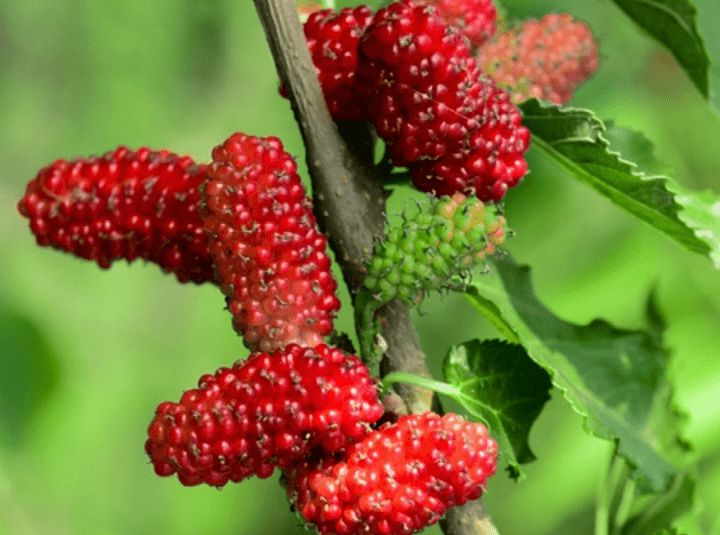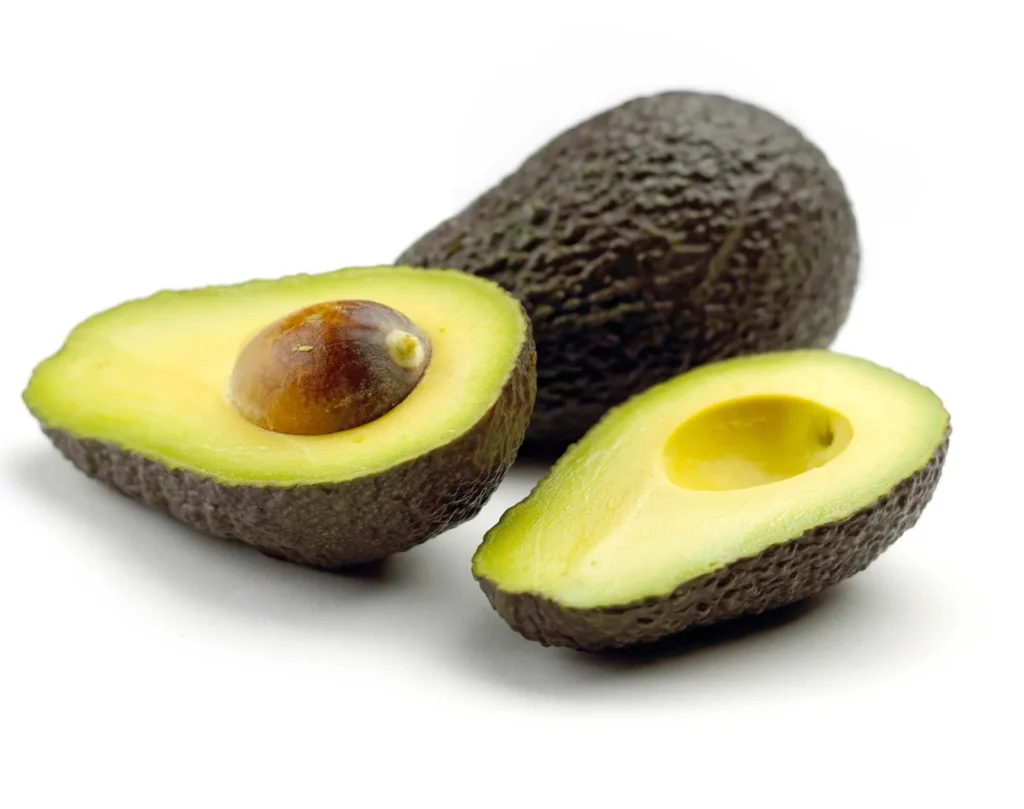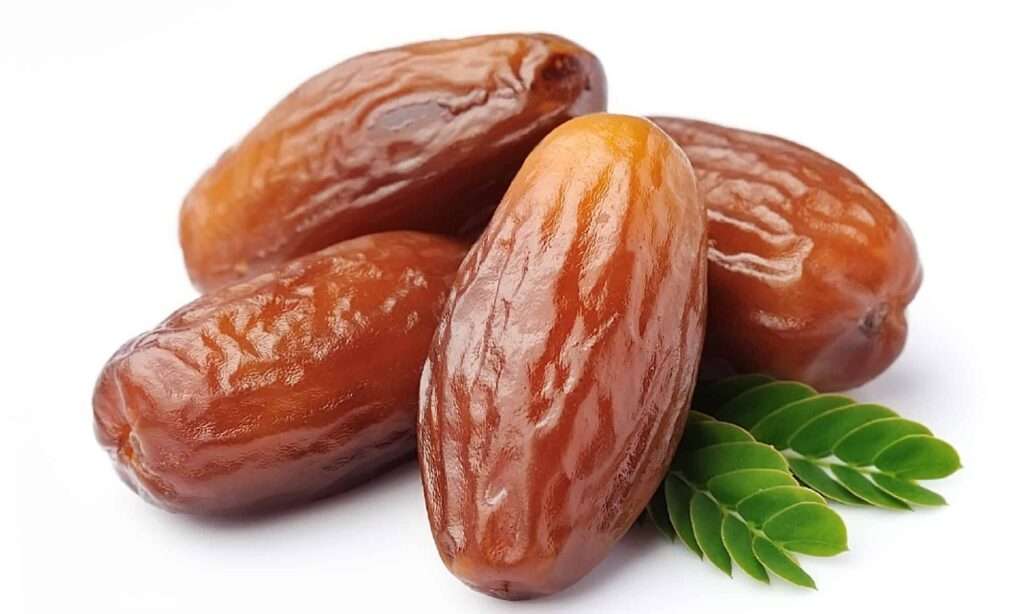
Description
Each fruit, which is officially referred to as a multiple, grows from one whole flower cluster. The fruits, which ripen to white, pink, red, or purple, resemble blackberries in several ways.
Varieties
The largest member of the genus is the red mulberry. It contains dark purple edible fruits and leaves that might be two, three, or unlobed.
Because of the white fruits it produces, the white mulberry (M. alba), which is native to Asia but has long been cultivated in southern Europe, gets its name. Silkworms eat the leaves of this plant. In eastern North America, it has become naturalized. Other varieties of the white mulberry include fruitless cultivars like the”Mapleleaf” and “Stribling” cultivars.

Uses
Several species are grown for their ornamental purpose and for their fruits. Mulberry trees are crucial because they provide silkworms with nourishment. It is cultivated in a range of soil types, including loamy, clayey, deep fertile, and flat soil with adequate drainage and water holding ability. An ideal pH range for plant growth is between 6.2 and 6.8.
Nutrition
A serving of fresh mulberries weighing 3.5 ounces (100 grams) contains the major nutrients 43 calories, 88% of water, 1.4 grams of protein, 9.8 grams of carbs, 8.1 grams of sugar, 1.7 grams of fiber and 0.4 grams of fat.
Cultivation
North America and temperate Asia are native of mulberries. July and August are the months when mulberry is primarily planted. The months of June and July are used to properly prepare the plantation nursery. Mulberry is a resilient, well rooted tree that thrives in almost all soil types. It can survive in dry and semi-dry environments and is tolerant of draught. A 400 mm or more rainfall is ideal for it to flourish. The ideal annual rainfall amount is 800 mm.
Table





